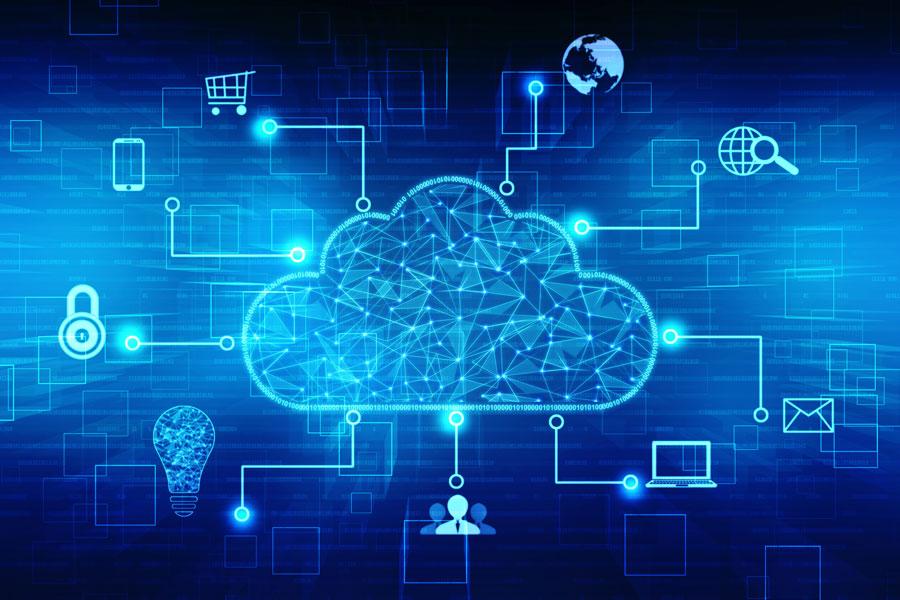Offices of 2040: How Workplace Technology is Getting Us There
From regulating office temperatures to enabling real-time collaboration across vast geographic locations – workplace technology is way more than just data and function today. It forms the very core of modern office design. In fact, in just a couple of years, the market size of smart workplaces is estimated to stand at a whopping $43 billion! So how about a little further into the future – what will offices look like in 2040?
Workplace predictions for 2040
A Johnson Controls report predicts workplace trends, 25 years into the future. Here’s what they look like:
- Work will be what employees do, not where they go. With human services being placed at a premium, the emphasis will be on productive output, rather than where or how the work is done.
- Work will be spread across eco-campuses, different work hubs around town and even an employee’s home. Each of these locations will be hyper-connected, and customised to maximise productivity.
- The introduction of ‘flexwork contracts’, which will not stipulate fixed office hours for employees. They will be free to work as few hours as they choose, as long as they ensure projects are completed.
- There will be a sharper focus on sustainability and resource management. Mismanaged resources (be it energy, utilities or human effort), translate to business inefficiency – something that workplaces of the future will have no time for.
How technology today is already making these predictions come true
2040 may seem like a time set in the distant future, but these workplace forecasts are closer to us than one may realise. The technology that we use today, is already paving the way for smarter, faster, more efficient workplaces. Let us delve into each prediction and examine how technology is helping them take root in offices now.
Work is what you do, not where you go
Today, millennial workers think nothing of having meetings in cafés, taking calls while stuck in traffic or dashing off a quick email while catching up with friends.
Modern organisations are acknowledging this changing trend by offering remote and flexible working options. 87% of employers already depend on employees to access files and data through their personal smartphones, several times through the day. Cloud-based collaboration systems have made it incredibly easy for workers to connect with colleagues in real-time, or send live feeds directly to video conferences, no matter where they are.
Work is dispersed over a variety of locations
With open-plan workspaces and multiple facilities on campus, the concept of assigned seating is all but a relic. Companies with large campuses are deploying navigation technology that help employees locate their colleagues through mapping apps.
Scanning ID badges before entering high security zones are fast being replaced by fingerprint and retina scanning. NVIDIA, for instance, already uses AI-based facial recognition technology to identify employees. These protocols help keep sensitive information safe, even if an employee chooses to log in from a remote location.
Flexwork contracts
Remember when companies would monitor the log in and sign out time of each employee? Such stringent workplace surveillance is already a thing of the past, with many firms giving employees the option to choose their own work hours. Thanks to virtual desktops and cloud-based storage systems, early risers and night owls can log in and get their work done at a time when they are at their productive best.
This kind of flexibility also helps create more equal opportunity workplaces. Parents are able to leave work in time to pick up their kids from school, and then log back in and work with their team using collaboration tools. Employees with ailing family members or those with mobility issues are able to balance work with crucial appointments and hospital visits.
Technology to help manage resources
Lights that switch off automatically when not in use, air conditioners that adjust the temperature of a conference room as more people join in, and ventilation units that optimise air flow in high traffic areas ― these are some simple technological solutions that help companies manage resources and cut down costs.
Green walls and bio-filtration systems are sustainable new ways of improving air quality and keeping a space cool. Green technology automation enables firms to maintain these walls by administering just the right amount of water and nutrients each day.
Employee effort and time resources are well-managed, thanks to apps and automated trackers integrated into the workspace design. One can simply swipe through to see available meeting rooms and reserve them ahead of time.
With such kind of technological foundation already in place, the future of workplace design sure looks exciting.
Keen to get a step closer to the offices of 2040? Let’s talk about getting you there.





